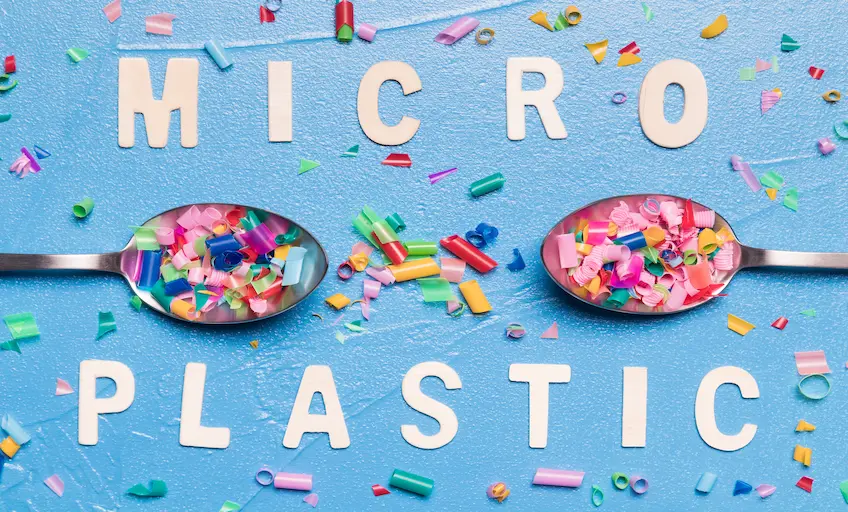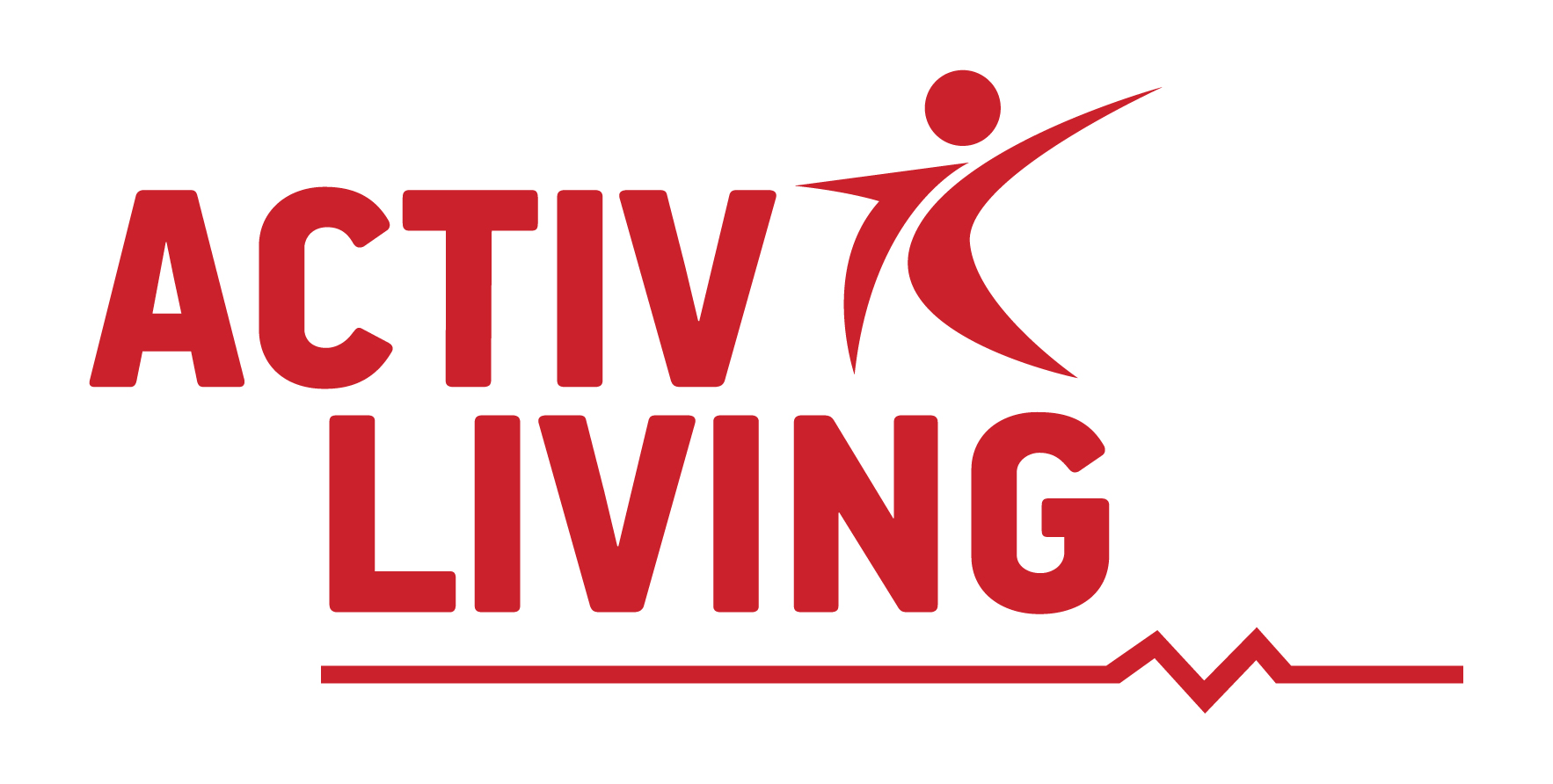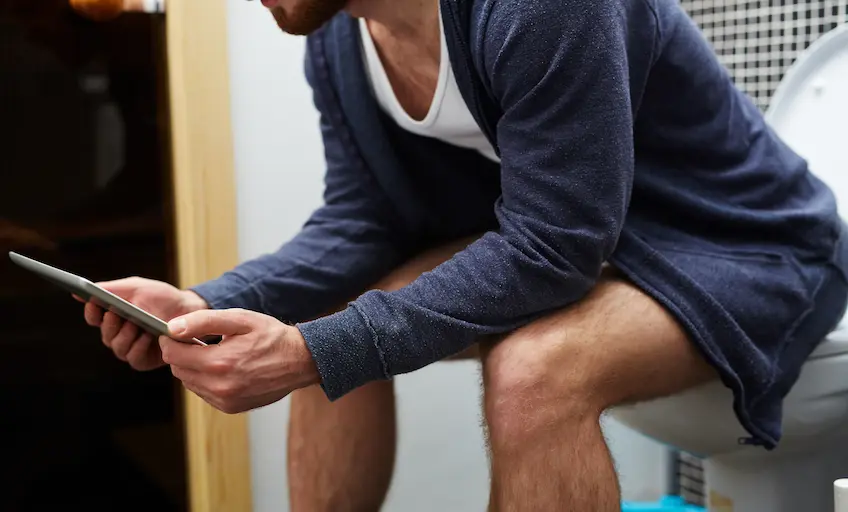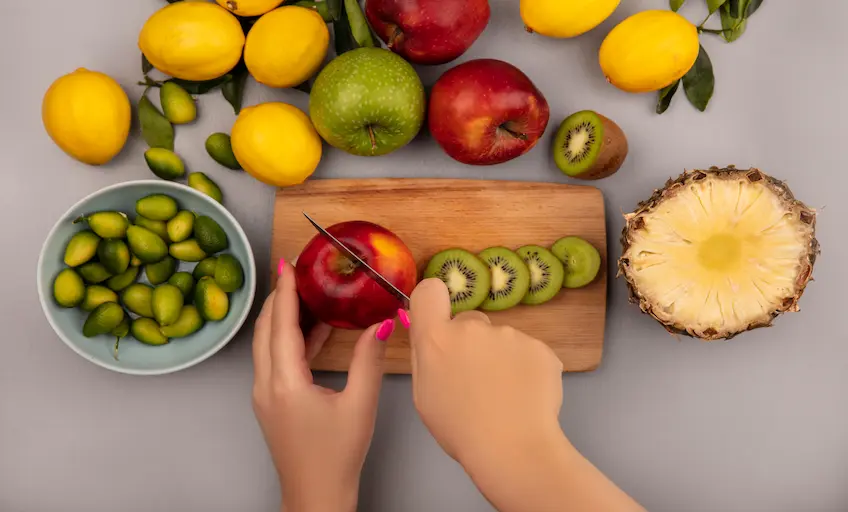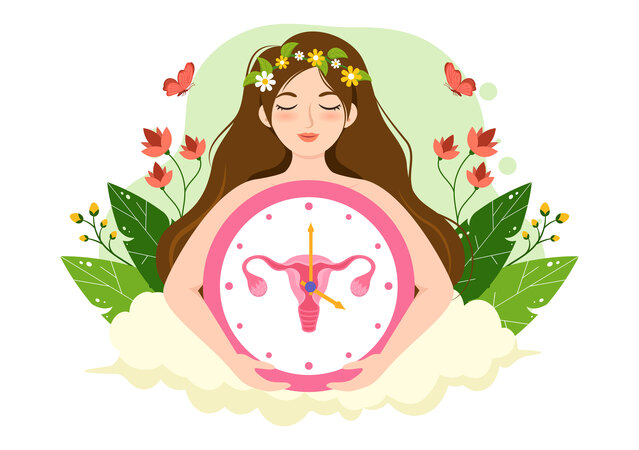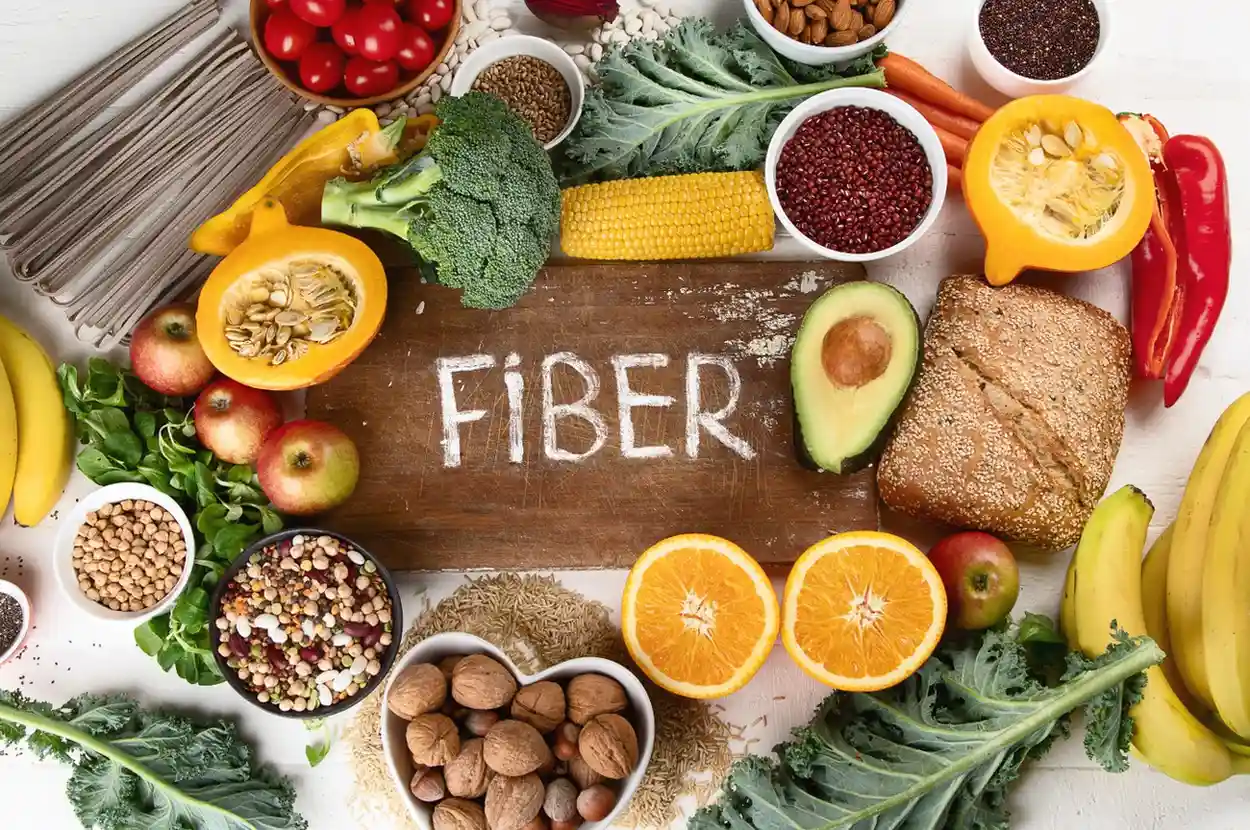They’re invisible to the naked eye, but they’re everywhere—in your water, your food, even the air you breathe. Microplastics may be tiny, but their impact is massive. From your morning cup of tea to the clothes you wear, these plastic particles are silently invading our daily lives—and it’s time we paid attention.
What are microplastics?
We are consuming them through food, beverages, inhalation, and everyday use. Microplastics are tiny plastic particles less than 5 mm in size. They come from various sources. Primary microplastics are directly released into the environment as small particles, such as microbeads found in facial scrubs and other personal care products.
Some particles, however, are the result of the breakdown of larger plastic items. These are known as secondary microplastics. The breakdown occurs due to exposure to various environmental factors, especially the sun’s radiation. Remember seeing the warning sign on packaged water bottles that we often ignore? The one that advises us to keep the bottle away from sunlight? Microplastics are the reason.
To understand how microplastics have infiltrated our systems, we need to trace back to the 20th century. The early stages of plastic innovation led every manufacturer to replace almost every material with cheap plastic. This not only enhanced the durability of their products but also made them cheaper for consumers and more profitable for producers. The use of plastics has increased significantly since the 1990s. Single-use, inexpensive plastic items have replaced many items in our lives, making them seemingly indispensable.
Effects of microplastics
Out of the 260 million tons of plastic produced and discarded each year, only 12% is recycled. The majority is either burned, buried in landfills, or ends up in the most unlikely places on the planet, such as our oceans and water bodies. This has ultimately contaminated our food and water sources. Humans may ingest anywhere from 39,000 to 52,000 microplastic particles annually. When combined with estimates of microplastic inhalation, the total amount exceeds 74,000.
Oceanographers reported in 2015 that there were 15 trillion to 51 trillion microplastic pieces floating in rivers and streams worldwide. That is 500 times more than the stars in our galaxy!
Approximately eight million metric tons of plastic enter the oceans each year. Consequently, microplastics have become widespread in our water bodies, which are then ingested by all marine creatures; these organisms swallow plastic particles that contain no nutritional value whatsoever. The problem? Over one million animals die each year from mistaking plastic for food.
These microplastics in the human body remain suspended and accumulate, increasing the risk of tissue inflammation or even cancer. Although scientists are still trying to determine the exact ways these plastics harm us.
How to reduce microplastics?
The question looms, ‘What can we do to reduce our exposure to them?’. Every change begins with us. Below is a short list of actions you can take to limit the spread of microplastics and save yourself:
1. Say no to bottled water
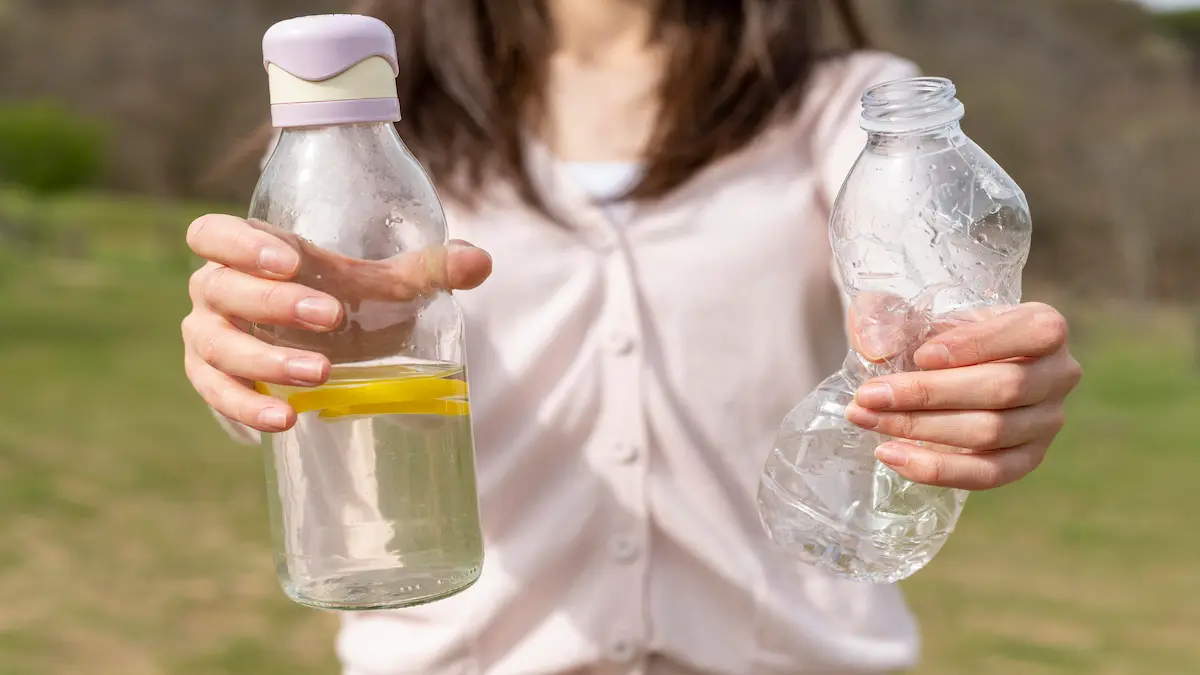
Bottled water contains a high level of microplastics. Switching to glass or stainless-steel bottles not only reduces your plastic consumption but also cuts down on waste from single-use plastics.
2. Choose clean beauty products without microbeads
Most cosmetics on the market contain numerous primary microplastics. Primary microplastics are those that are directly released into the environment as small particles, such as microbeads in facial scrubs. Discover sustainable cosmetics brands that offer plastic-free products.
3. Avoid disposable plastic items
Single-use plastics, such as straws, cutlery, bags, and water bottles, are among the primary sources of microplastic pollution. Replacing them with reusable options—such as metal straws, cloth bags, or stainless steel bottles—not only reduces plastic waste but also prevents plastics from breaking down into our environment.
4. Don’t microwave food in plastic containers
When we heat food in a plastic container, the container releases countless microplastics into our food. Always transfer the food to a ceramic or glass bowl before heating.
5. Switch to sustainable alternatives
Menial actions, like switching to a wooden pen stand or a bamboo toothbrush, and using a cloth bag, can make a significant difference.
6. Support slow fashion over fast fashion
Fast fashion brands utilize materials such as polyester and rayon to lower garment costs. These clothes, when washed, release numerous microplastics into the water. Seek out sustainable brands that are environmentally conscious and invest in clothing made from eco-friendly materials, such as silk or wool.
7. Reuse creatively through upcycling
Numerous YouTube videos demonstrate how to utilise various plastic items in your home and creatively reuse them. This can be an enjoyable way to reduce the plastic waste you produce.
8. Recycle smartly and responsibly
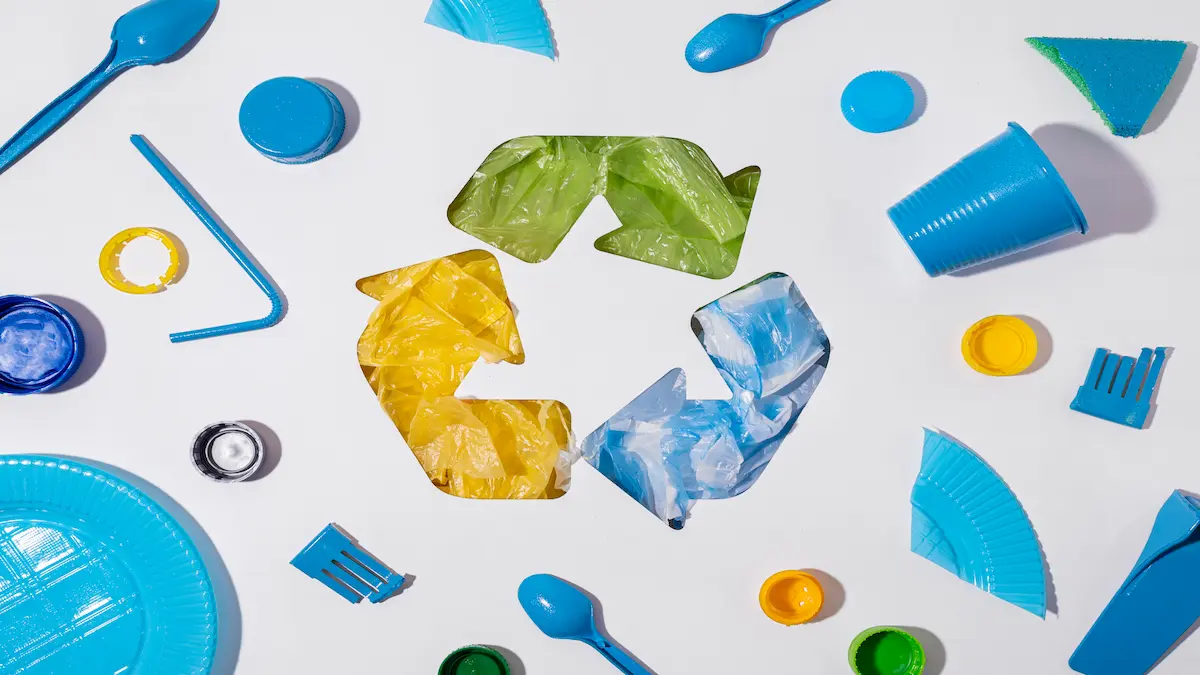
We cannot completely eliminate plastics from our lives. However, what we can do is recycle. Once a month, collect the plastic at your home and find a local recycler in your city.
Small particles, significant impact
Microplastics may be tiny, but their impacts are significant. From contaminating ecosystems to entering our bodies, their presence is an increasing threat we can no longer overlook. Although the issue may seem daunting, change starts with awareness and daily choices—reducing plastic consumption, supporting sustainable brands, and advocating for improved policies. When it comes to safeguarding our planet and our health, every action matters.
Key Takeaways
- Microplastics are tiny fragments of plastic debris in the environment, resulting from the disposal and breakdown of consumer products and industrial waste.
- These plastics remain suspended within our bodies and accumulate over time, increasing the risk of tissue inflammation or even cancer.
- Say no to bottled water, avoid microwaving food in plastic containers, and choose sustainable alternatives.
Stay tuned to the Activ Living Community. Keep up to date with the latest health tips and trends through expert videos, podcasts, articles, and much more on nutrition, fitness, mindfulness, and lifestyle conditions like Asthma, Blood Pressure, Cholesterol, and Diabetes. Activ Living ke saath sahi sehat ki shuruat ABHI karo.
You may also be interested in the following blogs:
- Learn Lifestyle Changes For Smoking, This World No Tobacco Day
- All You Need To Know About Parabens And Sulfates In Cosmetics
Popular Searches
How to lower blood pressure | Fruits good for liver | Unhealthy foods | Ragi Benefits | Basal Metabolic Rate | Acupressure points for High Blood Pressure | Ayurvedic medicine for blood pressure | How to control cholesterol at home | Homeopathy for Asthma | Biological Age | Home remedies for TB | Natural beta blockers | Negative effects of internet | Types of walking | Blood pressure calculator | Blood sugar calculator | BMI Calculator





 1800-270-7000
1800-270-7000

